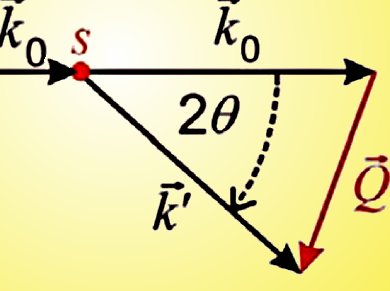The determination of atomic scale structural properties in disordered materials like liquids and glasses is extremely important to understand the origin of their physical and chemical properties. It is still one of the most active research fields within the scattering communities. A promising route to elucidate the spatial ordering of the atoms in such materials with high precision was recently developed. This route involved combining results from neutron and atom specific synchrotron scattering experiments with computer simulations.
A summary on x-ray and neutron scattering methods and the fundamental concepts needed to understand the origin and interpretation of the corresponding scattering patterns is given in an educationally motivated article by Wolf-Christian Pilgrim, Jens R. Stellhorn, and Shinya Hosokawa from the universities of Marburg, Germany, and Kumamato, Japan. They illustrate how disordered materials produce characteristic scattering patterns in x-ray or neutron scattering experiments. Starting the discussion from fundamental principles of x-ray and neutron scattering applied on simple targets like single electrons and atoms, examples are given where the complexity of the scattering system is increased stepwise up to real disordered chemical materials consisting of two or more different components.
The authors demonstrate that structural information like partial coordination numbers and atomic distances can be determined even in chemically complicated systems, if use is made of either neutron isotopic substitution or the anomalous effect in x-ray scattering. Such data are extremely important to understand chemical, mechanical and optical properties of modern technically relevant materials.
- X-Ray And Neutron Scattering Techniques for Structure Determination in Disordered Materials: Liquids and Glasses,
W.-C. Pilgrim, J. R. Stellhorn, S. Hosokawa,
Bunsenmagazin 2013, 15(3), 131–146.




